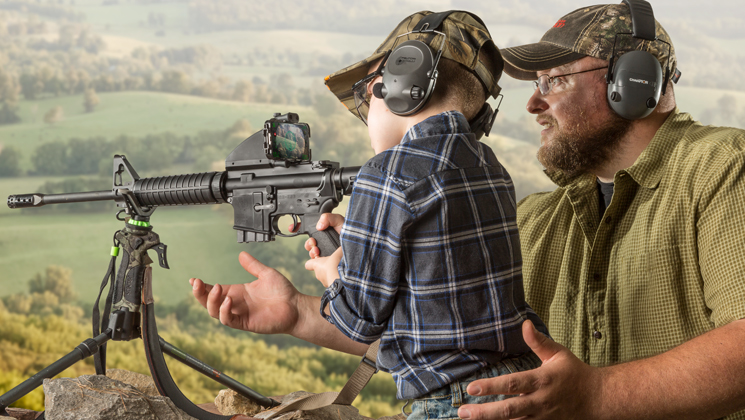
Stop and think for a moment about what it was like when you were a young person and first dreamed of shooting a gun. It almost gives you that fuzzy feeling inside, that same feeling when American Rifleman shows up in the mailbox or when you see the latest thermal imaging scope on the counter of the local gun store. Whatever the case may be, we owe it to ourselves to cherish that feeling and allow others to experience the same. It became my prerogative to teach my young nephew all about the world, show him the tools and teach him the skills to be a successful man. It started, of course, with a Daisy Red Ryder, then a Beeman .22 piston-driven gun and onto an Airforce Texan, a .45-cal. PCP rifle.
It came down to him wanting to turkey hunt before I had to finally take great leaps into setting up this barely 5-year-old boy with a gun of his own. My mind began to spin with handloading data for light .410 loads, custom stocks and/or hacksaw blades, and then it hit me—the Armalite Rifle. The biggest problem I was facing was not wanting to shy this young boy from recoil by handing him turkey loads and a shotgun.
The versatility of the AR platform was perfect. In this case the Ruger AR-556 and its adjustable buttstock eliminated any length-of-pull issues; the next problem was how to mitigate recoil. Should I handload something to subsonic velocities and potentially risk terminal effects on game? With time being a huge constraint, I decided to utilize a muzzle device.
The market is filled with options, and I wanted something that has at least two gas-siphoning baffles. These baffles essentially act like a parachute. When the expanding gases escape the bore, perpendicular “flats” then redirect flow backwards and to the side, essentially “braking” the gun and counteracting its rearward movement—in a perfect world, the gun shouldn’t move at all during operation. The R.A.G.E. TCS from UM Tactical met my requirements and effectively dampened recoil.
The next step in this project was to outfit him with some form of optic he can see, use and shoot effectively—every time. Many of the available red-dot sights would suffice, but I felt that he needed something more, something he already knew. Kids these days surprise me, especially when they, some at very early ages, are capable of manipulating electronics better than adults. Having seen this boy “teach” me how to search YouTube for motocross videos on an iPhone, I knew a scope mount that utilizes a digital application running on a smartphone might be a good substitute for a scope. I went with a product called Inteliscope. Using an old iPhone 4S, this system allows me to call the shots, help him with gun manipulations and be the safety advisor. Additionally, I can view shots over the shoulder and record video; which is fun, engaging and useful for instruction. The app also provides many custom features, including ballistic reticles and adjustments to various loads and rifles.
Gun stability was the next hurdle, and the Primos Trigger Stick Short Bi Pod was a huge help, supporting the rifle solidly without adding too much in the way of bulk and weight. The Trigger Stick facilitated smooth, quick adjustments to accomodate sitting and kneeling shooting positions—simply pull the trigger and ride the unit up and down—and the swiveling head and soft rubber gripping V-cradle is useful for gross windage adjustments during field use. The Short Bi Pod is lightweight, quiet and easy to use—not to mention it comes with a lanyard strap and an AR-style safety switch to lock adjustments.
Out in the field and on the range this setup worked perfectly and I now have my nephew wanting to turkey hunt or go shooting every weekend. We did encounter one problem I did not anticipate—the standard AR trigger. Even though it breaks at a relatively modest 6 lbs., those 96 ozs. caused the lad some trouble. Using a two-finger trigger pull method was a quick fix, but not a satisfactory solution. The next installment will be a Timney drop-in trigger group set at a lighter pull-weight that he can manipulate.












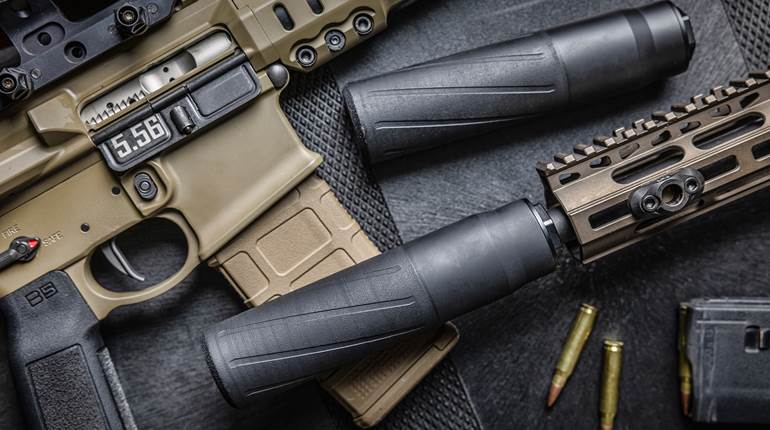
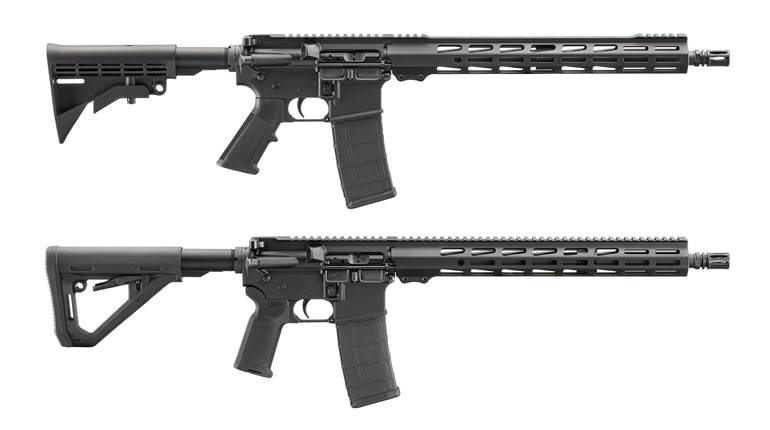
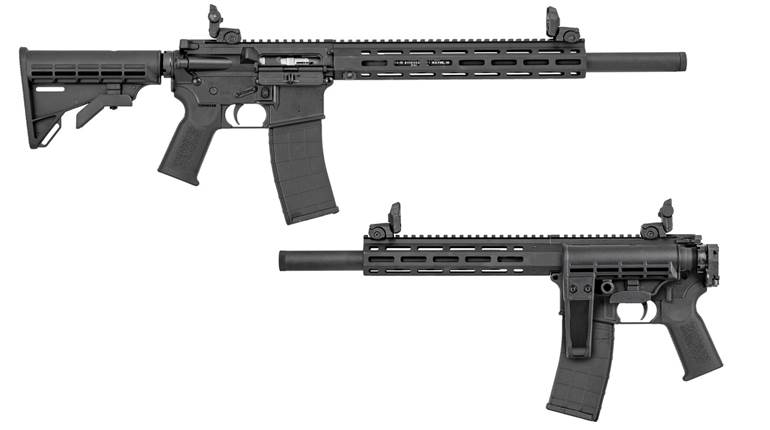
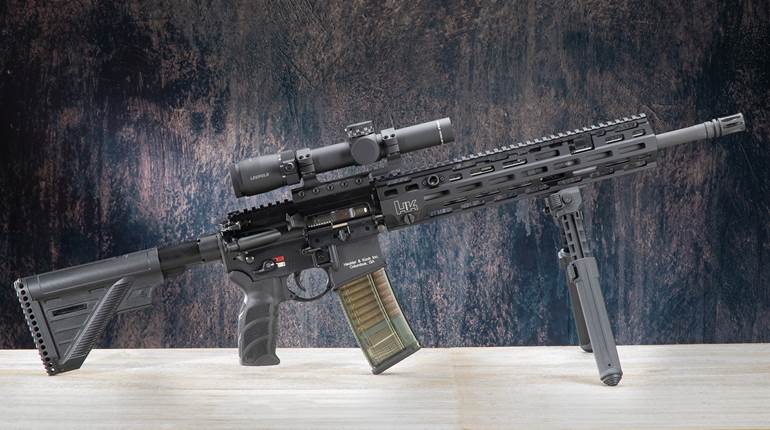







![Winchester Comm[94]](/media/1mleusmd/winchester-comm-94.jpg?anchor=center&mode=crop&width=770&height=430&rnd=134090756537800000&quality=60)
![Winchester Comm[94]](/media/1mleusmd/winchester-comm-94.jpg?anchor=center&mode=crop&width=150&height=150&rnd=134090756537800000&quality=60)












